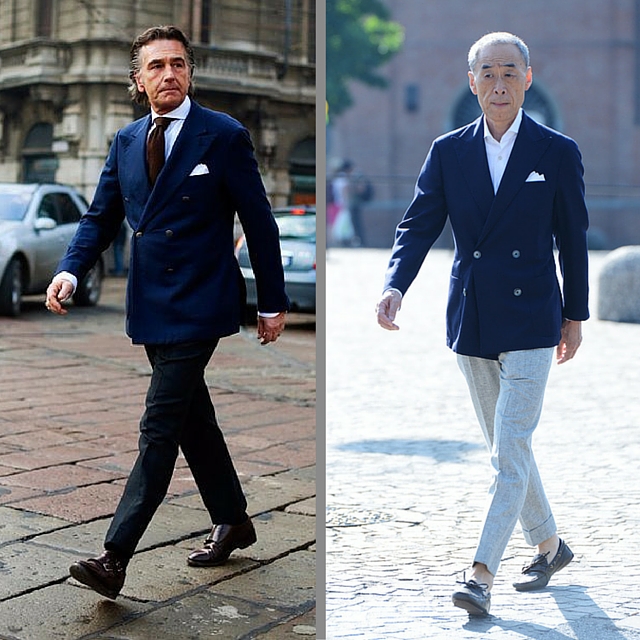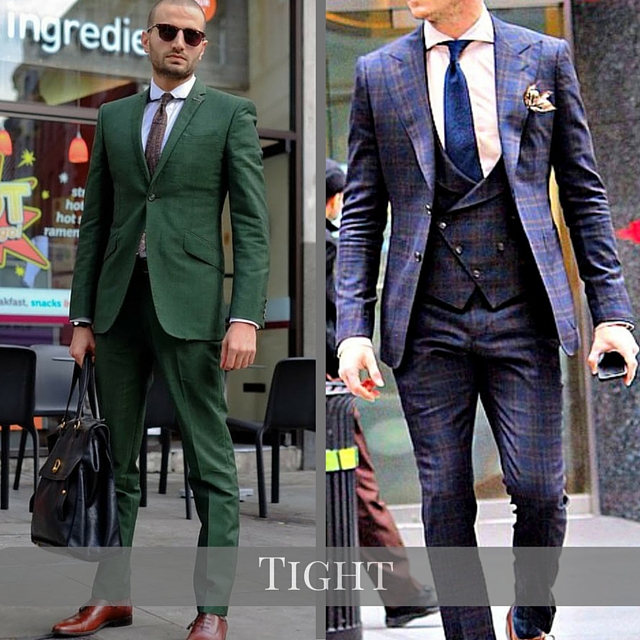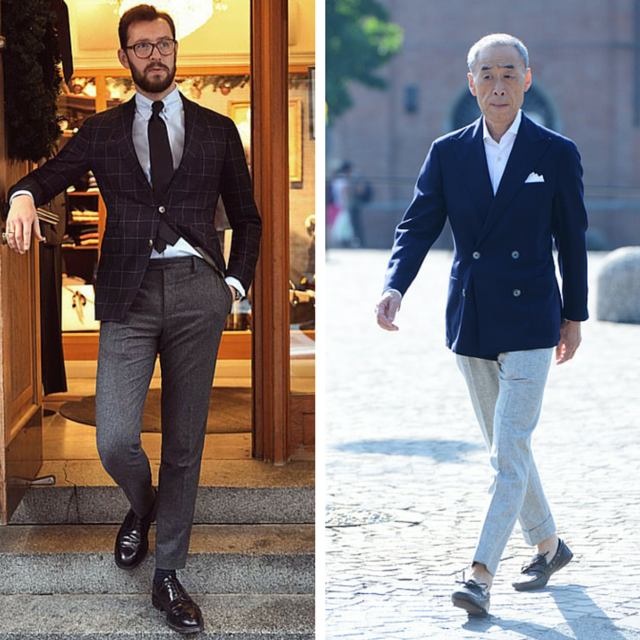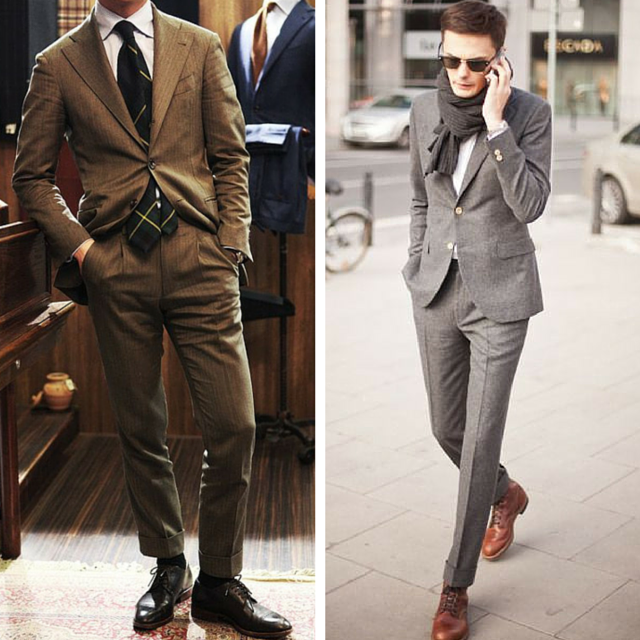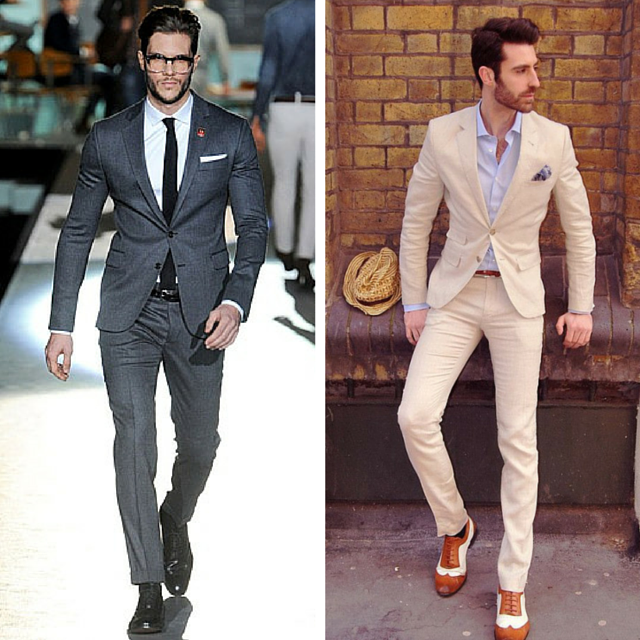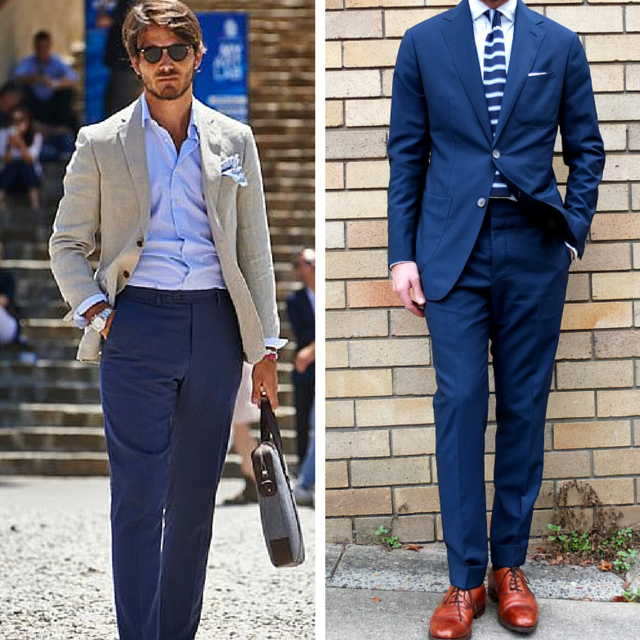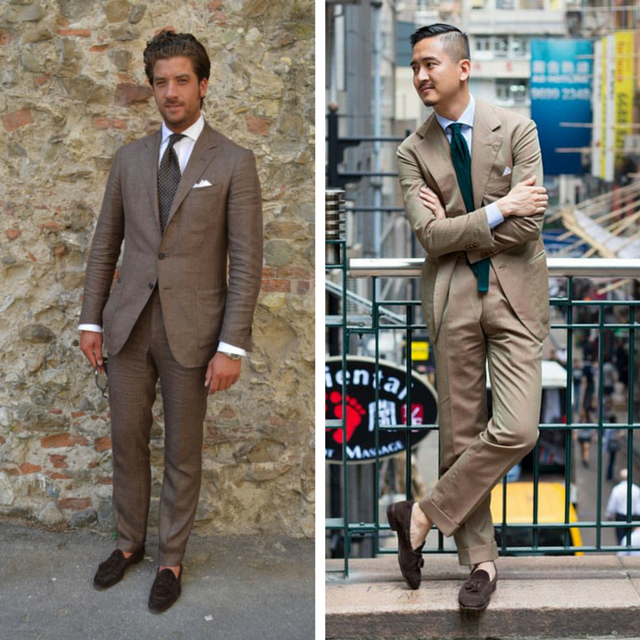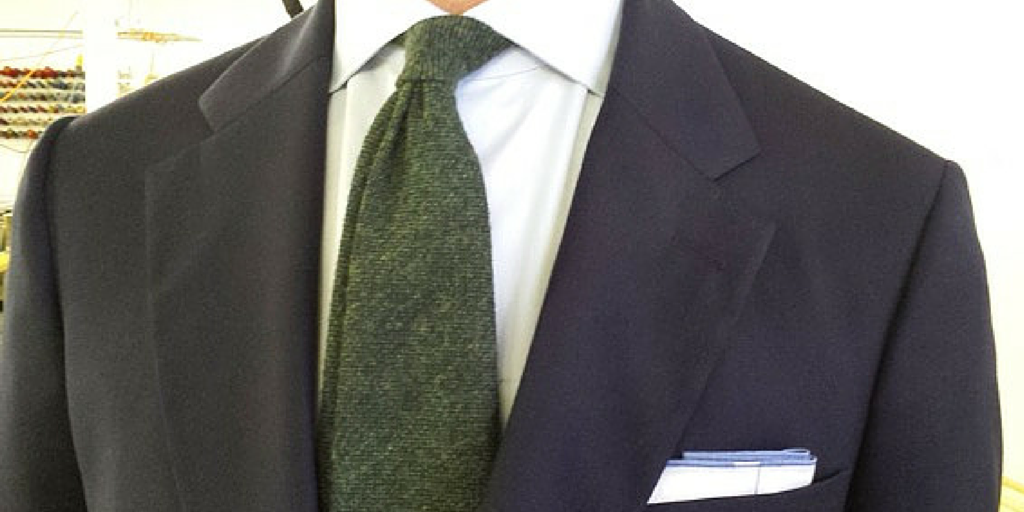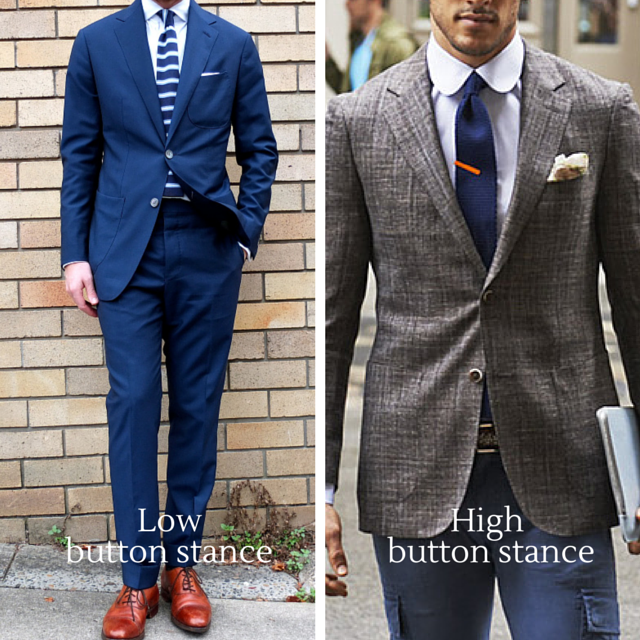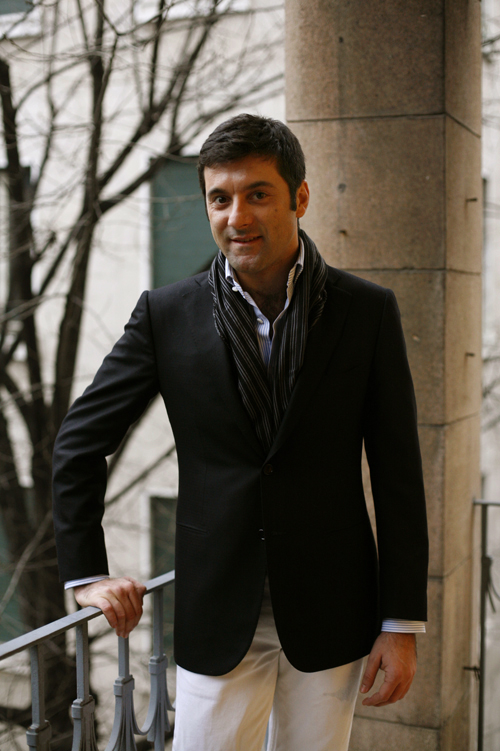Unquestionably the concept of fluidity is the most underrated subject in men’s clothing today. Go back a decade and we had too much fluidity; clothes in general often crossed the line towards being baggy. Recently of course it’s the exact opposite as silhouettes have become trimmer; often verging on too tight.
Want to look your best? It’s all about fluidity…
When I talk about fluidity what I’m getting at is how your clothes interact with your body – particularly in movement. It’s a given that as we move our clothes will inevitably move with us. The key though is that like a good athlete our clothes must move as “quietly and smoothly” as possible with each our movements – regardless of how big or small they are.
The two images above show this principle perfectly. Both guys are in full stride yet the clothes show no hint of strain at all – there is a softness and comfort that is almost visible to us. At the end of the day this more than anything else is exactly the point of tailored clothing.
How clothes interact with your body.
Before I get into what quiet and smooth movement looks like I want to paint a picture of the opposite – of what we could refer to as a “louder” style of movement.
Interestingly the impact of clothes that are too loose and too tight are somewhat similar. In the case of overly baggy clothing you swim in the excess cloth; the result of this is that all of that extra bulk gathers in certain areas and constantly responds to even the most subtle movements of your body.
With clothing that is too tight we see the exact same problem with constant movement; in this case though it’s due to the fact that the clothes are clinging to the body. The result is that with each movement of the body there is a pull, a twist or a riding up of the garment.
Two different fits with one problem – constant movement. In the end the wearer has to contend with non-stop fidgeting as they try to control the garment; not exactly pleasant, comfortable or pleasing to the eye.
Fluidity.
To achieve fluidity we need to strike a balance between the two extremes of baggy and tight. As such the aim is to cut a garment that eliminates all unnecessary excess while still having enough of it strategically placed to enable the body to move in an unhindered fashion. The trick with this is to stick to the “less is more” approach – particularly when dealing with a trimmer silhouette. By that I mean cutting “less” aggressive in terms of how close we fit the garment to the body. It’s important to keep in mind that any hint of strain on the garment when you’re not moving is magnified when you are. The advertising of modern fashion has made this point very difficult to hammer home; strains and pulls have become the norm on the pages of GQ and on the mannequins in stores. The problem though – neither models or mannequins are required to move.
In the end what we’re really looking for is a general softness in the garment; we want it to move effortlessly with the body as much as necessary but not a hint more. While a lot of this is achieved by how we cut the pattern for the garment another key element of this is allowing the characteristics of the cloth itself to be expressed. The drape of the cloth is hugely important and by allowing it some room to breath in relation to the body the overall garment will often appear slimmer than it actually is.
It is this aspect of the tailoring game which can become quite addictive. Every aspect is a process and an evolution whereby the tailor and the client collaborate to strike the perfect balance in terms of how the clothes look and feel. Add a half here, take away a quarter inch there – it’s the little details that make the difference.
As always I’d love to hear your opinions on this or any sartorial subject for that matter. Better yet book a free appointment and we can banter in person and see if we might be a good fit to work together.
Take care – Michael
info@martinfishertailors.com

